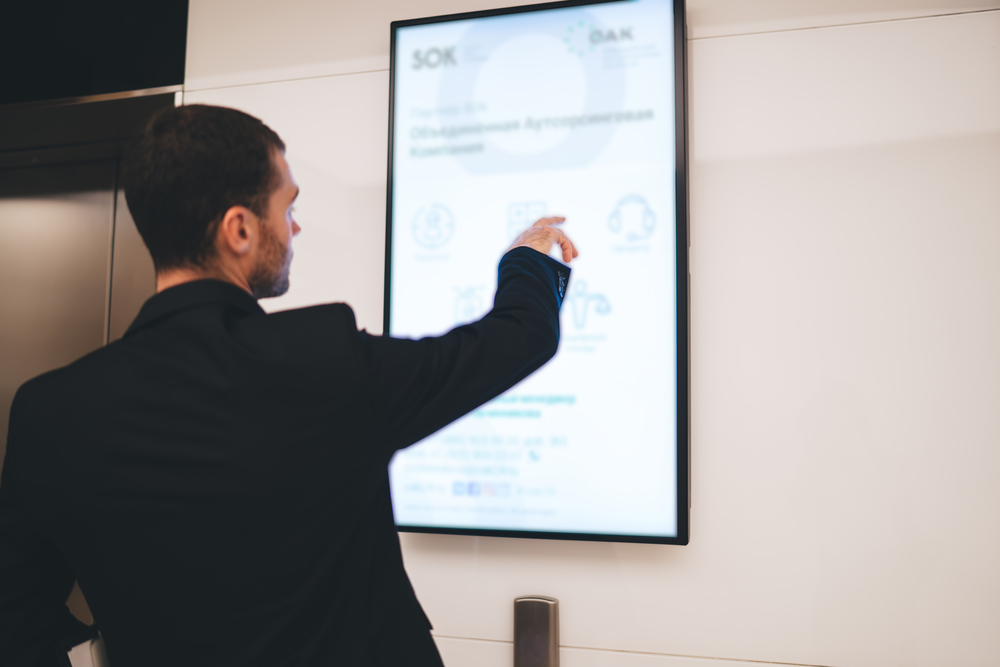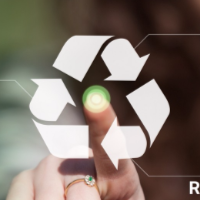Key Strategies for Designing Winning Trial Presentations in Court
Key Strategies for Designing Winning Trial Presentations in Court
Blog Article
Why Strong Trial Presentations Are Trick to Lawful Success
The value of strong trial presentations can not be overstated in the world of legal practice. The nuances of successfully adjusting these presentations to diverse juror histories present intricacies that merit further exploration, particularly in the context of accomplishing positive results in tests.
Significance of Reliable Communication
Just how can effective interaction shape the result of a legal test? Effective communication is vital in a lawful setup, as it works as the avenue whereby disagreements, proof, and lawful principles are shared to judges and courts. Clear articulation of truths and lawful criteria permits a convincing presentation that can dramatically influence the decision-making process. In the courtroom, the capability to present intricate info in an available fashion is essential, as court participants might not have a legal background.
In addition, reliable interaction promotes connection and count on in between lawyers and their customers, improving partnership and making certain that all events are aligned in their goals. It also plays an important duty in jury selection and interaction, where the capacity to get in touch with jurors can impact their receptiveness to the situation. Additionally, non-verbal interaction, such as body language and eye contact, adds to the overall impact a lawyer makes, strengthening verbal messages.
Inevitably, grasping reliable communication can lead to a more compelling and systematic discussion, raising the likelihood of a beneficial judgment. Thus, attorneys must focus on sharpening their communication skills as a cornerstone of their test preparation and approach.

Crafting a Compelling Narrative
Effective communication lays the groundwork for crafting an engaging story in legal tests. A well-structured narrative not just engages the court however likewise clarifies intricate legal problems. The objective is to provide the realities in such a way that resonates psychologically and realistically with the target market, allowing them to understand the instance from the client's perspective.
To attain this, lawyers ought to recognize the central motif or message of the instance, which serves as the foundation of the narrative. Each piece of proof and witness testimony need to be woven right into this motif, reinforcing it as opposed to taking away from it. This produces a cohesive storyline that is easy for the court to follow.
Furthermore, using relatable personalities-- be it the plaintiff, defendant, or vital witnesses-- can humanize the instance, making it extra remarkable. Lawyers need to likewise think about the pacing of their story, making certain that defining moments are highlighted and that the story unravels in a logical progression.
Ultimately, a compelling narrative changes the discussion of truths right into a convincing disagreement, assisting the jury toward a favorable verdict while ensuring that the intricacies of the legal system stay obtainable and understandable.
Using Aesthetic Aids
Visual help play an essential function in enhancing the understanding and retention of info throughout legal tests. By providing complex information and arguments aesthetically, attorneys can simplify complex information, making them more easily accessible to jurors. Graphes, graphs, and images can successfully show bottom lines, making it possible for jurors to realize essential realities quickly.
Using aesthetic help not only help in quality however additionally engages the audience's focus. Jurors are most likely to bear in mind info provided visually than through spoken explanations alone. As an example, demonstrating timelines through aesthetic representations can make clear the series of events, aiding jurors understand the context of the case.
Furthermore, visual aids can assist to highlight disparities forthcoming, making them a lot more obvious. When utilized purposefully, they can underscore the strength of the disagreement or reveal weaknesses in the opposing side's situation. trial presentations. The use of technology, such as interactive discussions or animations, can better improve involvement and understanding
Engaging the Court Emotionally
Usually, effective trial presentations need even more than simply sensible debates and valid proof; they should also reverberate on an emotional level with jurors. Engaging the court psychologically can dramatically affect their perception of the situation and their best judgment. By crafting a story that humanizes the celebrations included, attorneys can develop an emotional connection that motivates jurors to feel sorry for the customers' experiences.
To attain this, legal representatives need to concentrate on narration techniques that highlight the personal risks and real-life ramifications of the case. This might entail sharing touching stories or making use of powerful visuals that stimulate sensations of empathy, anger, or despair. Such components can help jurors see past the lawful complexities and understand the human measurements of the situation.
Moreover, using tone, body language, and eye call throughout the discussion can even more boost emotional interaction. A lawyer's credibility and passion can resonate with jurors, making them more responsive to the debates being provided. Eventually, when jurors really feel why not look here mentally purchased an instance, they are most likely to keep in mind the crucial messages and provide a desirable decision. Hence, emotional involvement is a vital component of an engaging test presentation.
Adapting to Target Market Assumptions
Comprehending the expectations of the jury is vital for a successful trial discussion. Jurors come with preconceived notions affected by personal experiences and societal narratives, which can substantially influence their decision-making. Thus, tailoring your discussion to align with these assumptions can boost your persuasive power.

Additionally, establishing trustworthiness is vital. Jurors over at this website anticipate lawyers to existing evidence and disagreements that are not just engaging yet also morally appear - trial presentations. This includes being clear about the strengths and weaknesses of your situation, which cultivates trust fund and regard
Lastly, prepare for next page jurors' concerns and problems. Attending to possible questions proactively shows an understanding of their viewpoint and a commitment to clearness. By adjusting your presentation to fulfill audience assumptions, you develop a more compelling narrative, inevitably improving the chances of a positive verdict.

Final Thought
In verdict, strong test presentations are vital to achieving lawful success. Mastering the art of trial presentation is necessary for legal practitioners intending to protect beneficial results.
Report this page